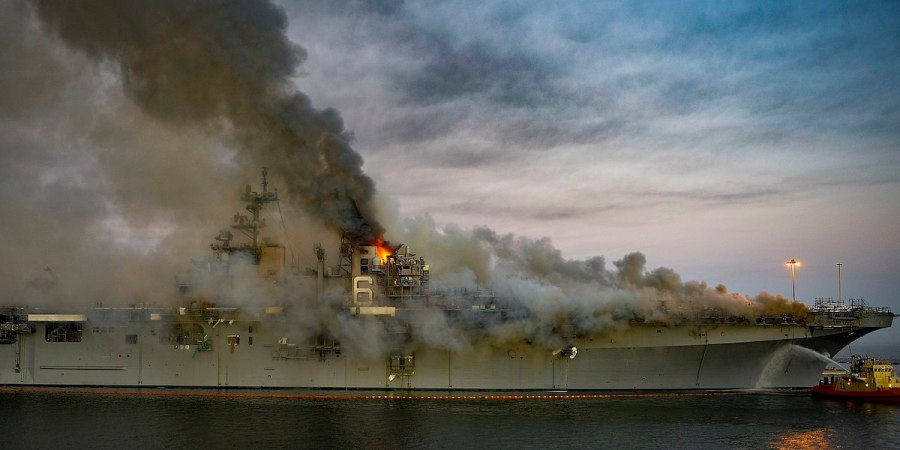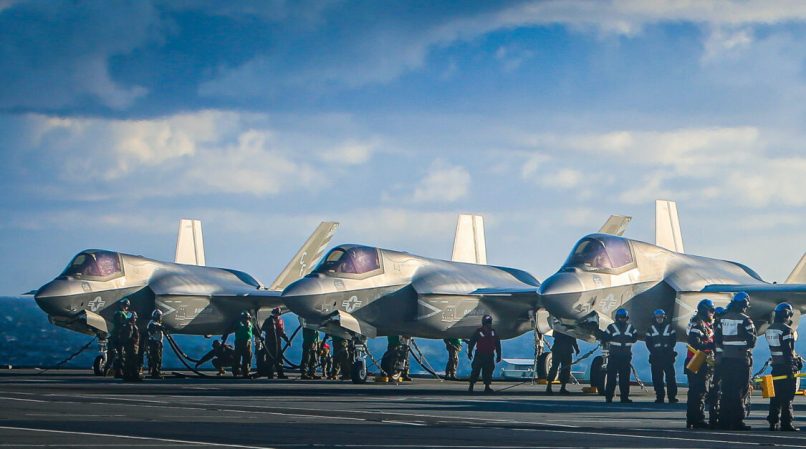The Navy’s 2018 budget request is out – and it looks like more new ships and aircraft are going to be on hold for at least a year. However, if this proposal holds up, the recent trend of short-changing training and maintenance will be reversed.
According to a report by BreakingDefense.com, the Navy will get eight ships: A Ford-class aircraft carrier (CVN 80, the new USS Enterprise), two Arleigh Burke-class guided-missile destroyers, a littoral combat ship (or frigate), two Virginia-class submarines, a salvage tug, and an oiler.
Aircraft procurement will include two dozen F-35B/C Lightning II multi-role fighters and 14 F/A-18E/F Hornets. Despite reducing the F-35C buy by two aircraft, the Navy still expects to be on pace to achieve initial operating capability with the carrier-based variant of the Joint Strike Fighter in 2019.

The big focus on the fiscal 2018 budget, though, is restoring readiness. The Navy is getting a $1.9 billion increase in a category known as “Other Procurement, Navy.” This fund is used to purchase new electronic gear, and more importantly, spare parts for the Navy’s ships and aircraft.
The biggest winner in the budget is the operations and maintenance account, which is getting a $9.1 billion boost to a total of $54.5 billion. This represents roughly a 20 percent increase, with no category getting less than 87 percent of the stated requirements. Most notable is that Navy and Marine Corps flight hours have been funded to “the maximum executable level” – breaking a cycle of shortchanging training.

A F/A-18E Super Hornet assigned to Strike Fighter Squadron (VFA) 115 conducts a touch-and-go landing on Iwo To, Japan. (U.S. Marine Corps photo by Cpl. James A. Guillory)
The Navy and Marines have been hard-hit with readiness issues, particularly in terms of aviation. Last year, the Marines had to pull a number of F/A-18 Hornets out of the boneyard to have enough airframes for training. The Marines also had to carry out a safety stand-down after a series of mishaps in the summer of 2016. Even after the stand-down, the Marines lost four Hornets from Oct. 1, 2016 to Dec. 7, 2016.
“We tried to hold the line in our procurement accounts,” Rear Adm. Brian Luther, the Navy’s top budget officer, told BreakingDefense.com. He pointed out, though, that under Secretary of Defense James Mattis, “the direction was clear: fill the holes first.”
























